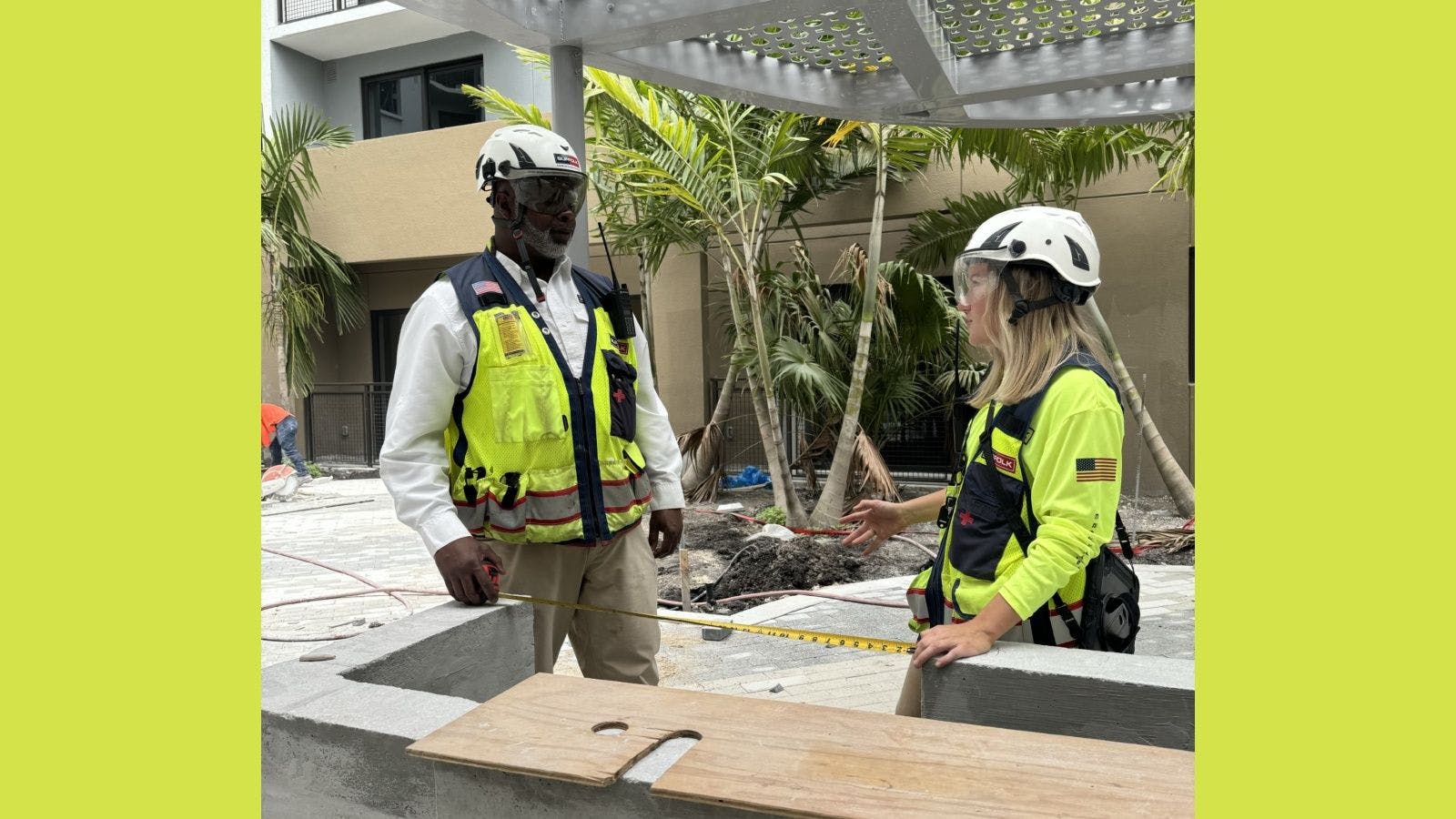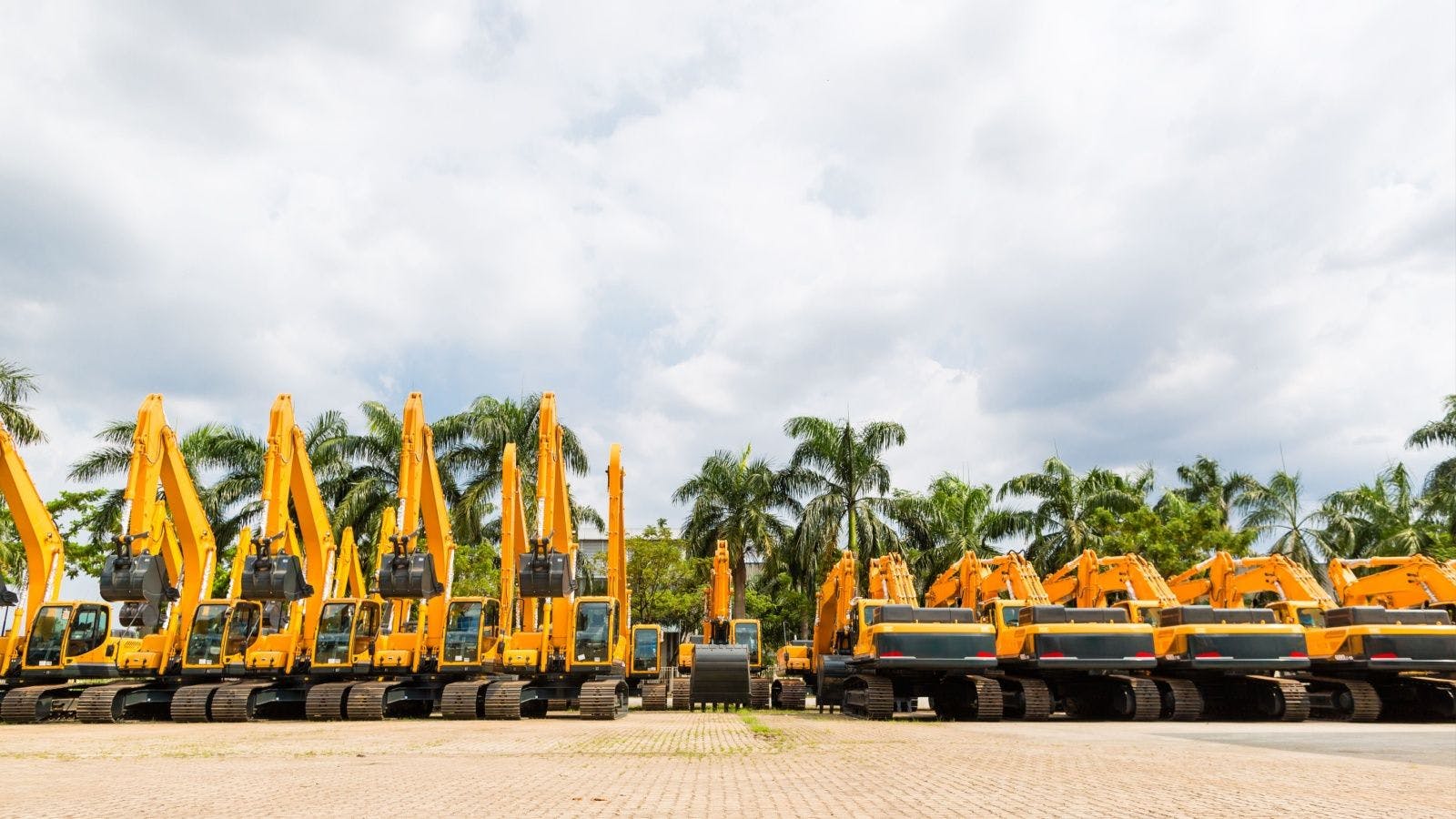
How to Accommodate for Neurodiversity on a Jobsite
In any industry, no two workers are the same. Each has unique skills and abilities. The way a worker’s brain functions impacts task performance of all types. Until recently, people in the neurodivergent community were often alienated for not performing the same way as their peers, particularly in the construction industry. Today, awareness around neurodiversity has grown. It’s estimated that 15-20% of the world’s population exhibits some form of neurodivergence, according to the National Institutes of Health.
For construction leaders and employers, it is important to recognize that neurodivergence does not prevent capable people from excelling on the worksite. Neurodivergent employees may have unique needs, and it is critical to create a workplace that embraces them without judgement. Being inclusive of neurodivergent employees will help to foster a safer working environment while boosting productivity. Before employers can jump right in, it is important to first understand what neurodiversity is and the challenges faced by workers in this community.
What is neurodiversity?
Neurodiversity is a non-medical term that describes the uniqueness—or diversity—of a person’s brain. It is the acknowledgement that not everyone learns, interprets information or receives input from the external world in the same exact way. “Neurotypical” describes people whose brains function more like the majority of others or in a way that falls under societal norms. “Neurodivergent” describes people whose brains function in a way that is different from the average or neurotypical person. To fall under “neurodivergent,” a person may not have a medical condition or diagnosis. In fact, neurodivergence often goes undiagnosed. It also does not necessarily mean that a person experiences a learning disability, but it can.
Some common conditions among people who identify as neurodivergent include autism-spectrum disorder, attention-deficit hyperactivity disorder, Down syndrome and sensory processing disorder—which affects how the brain processes sensory information and stimuli. Neurodivergent people can also experience neurological conditions like Tourette syndrome or learning disabilities like dyspraxia (difficulty with coordinated movement), dysgraphia (difficulty with writing) and dyslexia (difficulty with reading).
What challenges do neurodivergent workers face on a construction site?
It is important to first understand that the experience of one neurodivergent person is not the same as that of another, even within the same diagnosis. For example, two neurodivergent workers on a construction site may experience sensory processing disorders. Electrician John can feel overwhelmed by loud noises on the site. While carpenter Jane feels overwhelmed by the abundance of personal protective equipment that she is wearing. How input is received and what feels overwhelming to people with the same condition can vary and may change.
Another example, a worker with ADHD might find paperwork responsibilities associated with their manual responsibilities challenging, like clocking in and out or signing off on inventory. Task prioritization may be difficult because ADHD employees are often unable to access executive functioning skills, which allow them to follow directions and stay focused in the presence of distraction. Another challenge often seen is proximity discomfort for people with ASD. An autistic worker might be uncomfortable working closely next to someone, which can affect their ability to focus on the task at hand.
Many of these challenges do not affect a person’s ability to perform their job but may impact their ability to adapt to new environments or perform tasks outside of their direct responsibilities. In fact, not every issue or challenge faced by neurodivergent workers is going to be noticeable or known to leadership, which presents a challenge. When a worker is overwhelmed or uncomfortable, it can be expressed in various ways. Examples may include snapping at a colleague or responding abruptly—overwhelming stimuli may cause a neurodivergent worker to be unable to filter information or access socially acceptable—neurotypical—behaviors.
How can employers create a more inclusive workplace for neurodivergent workers?
There is no one-size-fits-all solution to supporting neurodivergent workers. Not every worker is going to disclose a diagnosis and not every worker who is neurodivergent will have a diagnosed condition. The best thing employers can do is meet employees where they are and make space for improvements and adjustments. This is two-fold. It means promoting a culture in which workers feel safe to voice concerns about their workspace as well as working with them to create a workspace that is inclusive of their individual needs.
For leadership, an important step is building a rapport with employees. Having conversations with people about their workspace, what may be overwhelming them, what is challenging or if they are feeling supported is a vital step in inclusion of neurodivergent workers. These items are a way to open a dialogue with workers and uncover any issues that they might be facing. There are many actionable steps that can be taken following these conversations such as reassigning the worker, who has proximity discomfort, to a job that allows for more personal space or providing tinted glasses to workers with photosensitivity. Jobsites can also incorporate decompression stations where workers may relax in a cool, quiet and dim area with fewer stimuli.
Employers can further promote inclusion by informing employees of their rights and how to access their own resources. For example, many neurodivergent conditions can be supported by accommodations under the Americans with Disabilities Act. Employers can empower workers to get the support they need by directing them to resources they can leverage including insurance and Employee Assistance Program services if available.
Enabling workers to perform at their best
It is proven that workers perform better when they feel supported by their leadership. A crucial part of establishing a culture of care is acknowledging and being inclusive of neurodivergent workers. By making space for employees who may be affected by neurodivergent conditions like ASD or ADHD, everyone on a construction site is empowered to advocate for themselves and ensure that they are able to perform to the best of their abilities. While every worker is different, by meeting them where they are, employers can create a healthy workplace that is inclusive and poised for success.
Related stories








